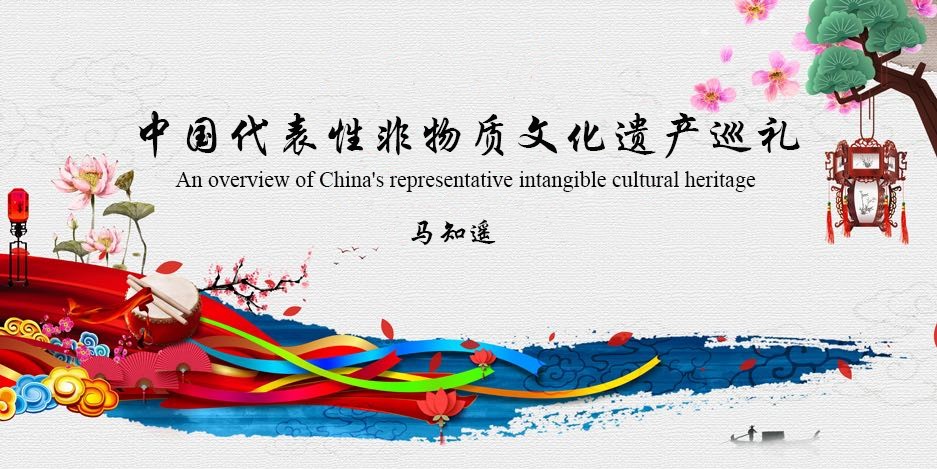An overview of China’s representative intangible cultural heritage
中国代表性非物质文化遗产巡礼

Course Syllabus 课程章节
1As a national intangible cultural heritage,Tianjin Mazu Fair is one of the windows to show the city of Tianjin. What's more, we will know Mazu worshipping in Tianjin in order to understand the ancient fair with 300 hundred years of history. Mazu is the guardian God for fishermen living by the sea. The worshipping for Mazu was spread to the northern coastal city of Tianjin. To celebrate the birth of Mazu, the carnival activity of performance in Tianjin called Flower Fair came out. The flower fair was originally aimed to amuse the gods and pray for good weather for the crops, which was then called as Tianjin Mazu Fair by the local people after it was praised during the reign of Emperor Qianlong in Qing dynasty. Among the several hundreds of ancient fairs in the past, there are more than 30 kinds of ancient fairs are still popular at present with the change of times. With the protection of the government, the ancient fairs are gradually revived and find a way to survive.
作为国家级的非物质文化遗产天津皇会,是天津城市的一张名片。了解这个有300年历史的老会必须知道天津的妈祖崇拜。妈祖是海边渔民的保护神,当南方的妈祖崇拜到了北方的海滨城市天津后,她就成了当地的保护神。围绕着妈祖诞辰,产生了天津城市的狂欢活动——天津花会的表演,这些民间花会本来是为了娱乐神灵,保佑城市风调雨顺的,因为在清朝乾隆年间受到了皇帝的封赏,被民间称为天津皇会。过去有几百种老会,随着时代的变迁,目前活跃的老会有三十几种,经过国家政府的保护,这些老会逐渐在恢复活力,找到生存之道。





